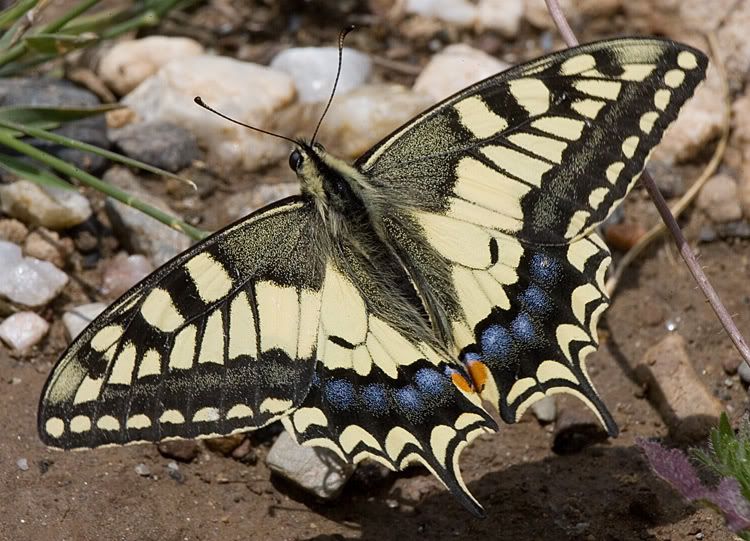1

2

Thanks for any help in advance,
Martin.






Hi Felix - I might well have done! Currently, I use Adrian Riley's book as the main source of identifying subspecies, and the Cockayne database for aberrations (and the books I have).Felix wrote:No problem Pete.
Is it my imagination or did you at some point in time request information on an work (a key) that aids in the identification of the aberrations and subspecific forms of British Butterflies?
If you did I have the answer.
If you didn't, please ignore this post!
F.



Well, melanism and cold do go together. Alpine forms are frequently much darker than their lowland cousins. Many non-genetic colour variants have also been produced by temperature experiments in the laboratory. Perhaps hiernalis is governed by some low temperature trigger?Felix wrote:Ps. hiemalis means of or pertaining to Winter. Odd name, I can't see it myself...
Of course! It would make sense too - darker colours would be more efficient at absorbing solar energy.Well, melanism and cold do go together. Alpine forms are frequently much darker than their lowland cousins. Many non-genetic colour variants have also been produced by temperature experiments in the laboratory. Perhaps hiernalis is governed by some low temperature trigger?



